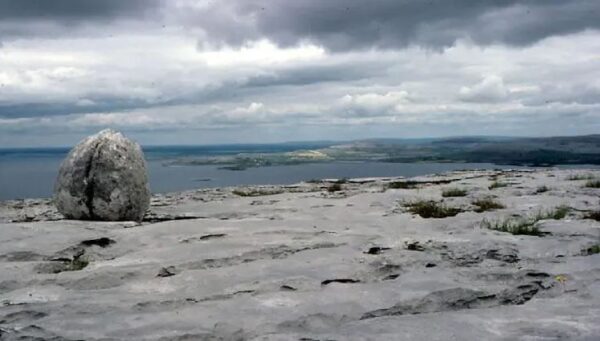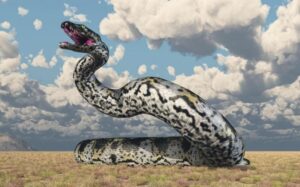Did you know that Ireland has been completely snake-free for centuries?
Legend of Saint Patrick
When March 17th arrives, Irish people will celebrate the feast of St. Patrick, the island’s patron saint. In the legend about this saint, there is a detail mentioning the disappearance of snakes in Iceland. The entire legend is as follows:
St. Patrick was born into an aristocratic family on the west coast of Great Britain and at the age of 16 was enslaved and taken to Ireland.
For the next six years, under the watchful eye of his captors, Saint Patrick was forced to care for animals on the local farm in the harsh conditions of the Slemish Mountains in County Antrim. During his six years of isolation on the island, Patrick became deeply religious and spent every day in prayer, longing to find compassion, understanding, and a path to freedom.
The painting depicts the legend of Saint Patrick chasing away snakes in Ireland.
Incredibly, Patrick escaped custody and after his journey to Dublin, he was able to return to his family by boat. However, in later years, he heard “the call of the Irish” in a dream and knew he had to return to help this pagan country see the truth of religion.
According to legend, upon returning to Iceland, Saint Patrick undertook a purifying fast that lasted for 40 days. During this process, he was constantly harassed by snakes on the island. With a divine effort, he drove all these animals away from the island.
St. Patrick later became the second Archbishop of Armagh and spent the rest of his life establishing Christianity and helping to spread God’s message in Ireland. Since then, the reason why there are no snakes in Ireland is often associated with the legend of Saint Patrick.
Explained by geographical and scientific research
According to most biogeography experts, snakes have most likely not lived in Ireland since before the last Ice Age. This is mainly because the Ice Age covered all of Ireland and the rest of the British Isles in snow and ice. This means that these conditions are completely harsh and uninhabitable for all animals, especially cold-blooded species like snakes.
Ireland during the Ice Age was too harsh for snakes to live and survive.
After the end of the Ice Age, mainland Ireland became isolated from other lands, including Britain and mainland Europe (due to melting glaciers and rising sea levels). After that, there was almost no land connection between this place and other territories. Ireland today is completely an island surrounded by sea.
Besides, snakes are considered a species that is slow to invade new areas. Therefore, during the process of geographical change, when Ireland had less harsh weather than before, snakes were among the animals that did not “migrate” to this land in time.












